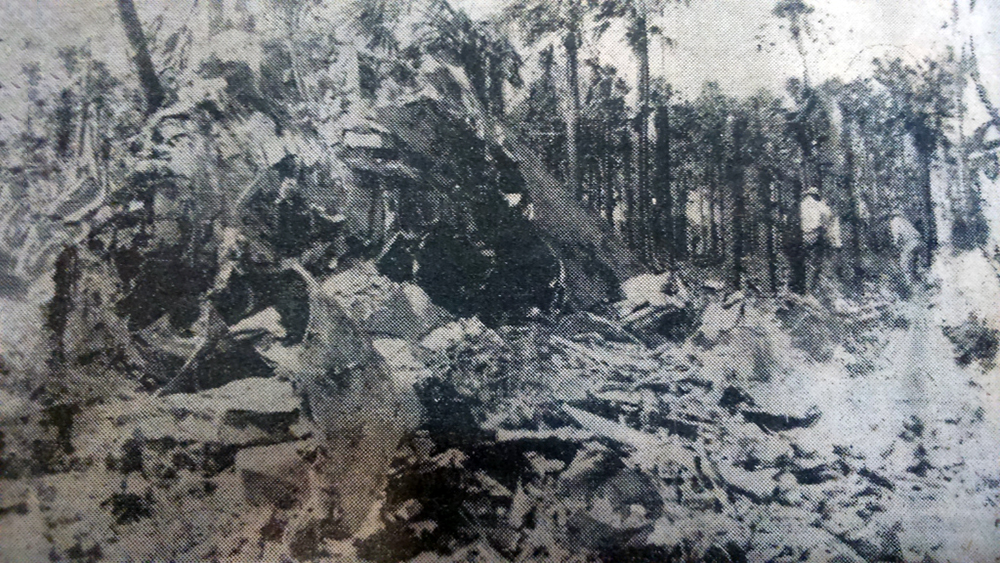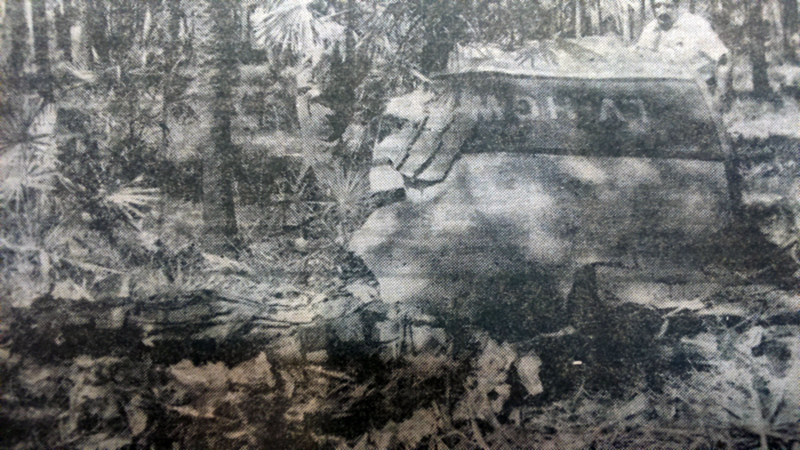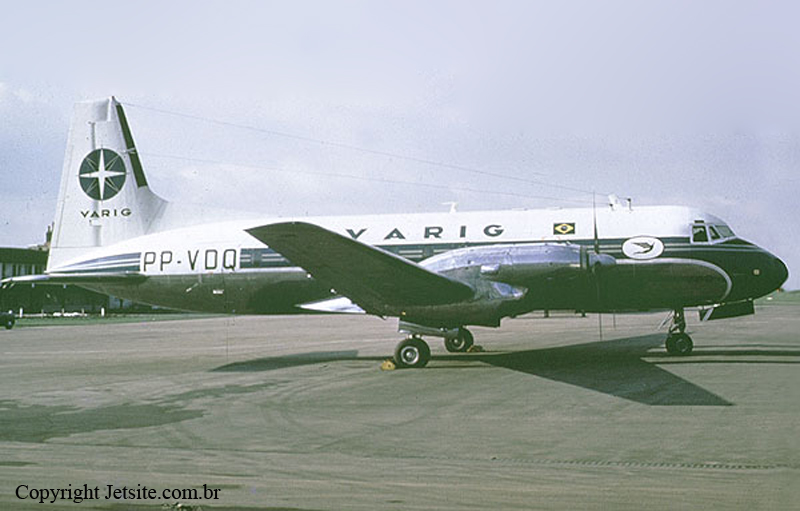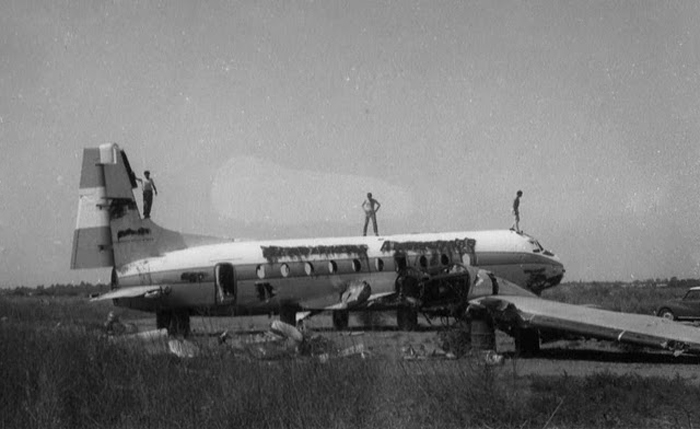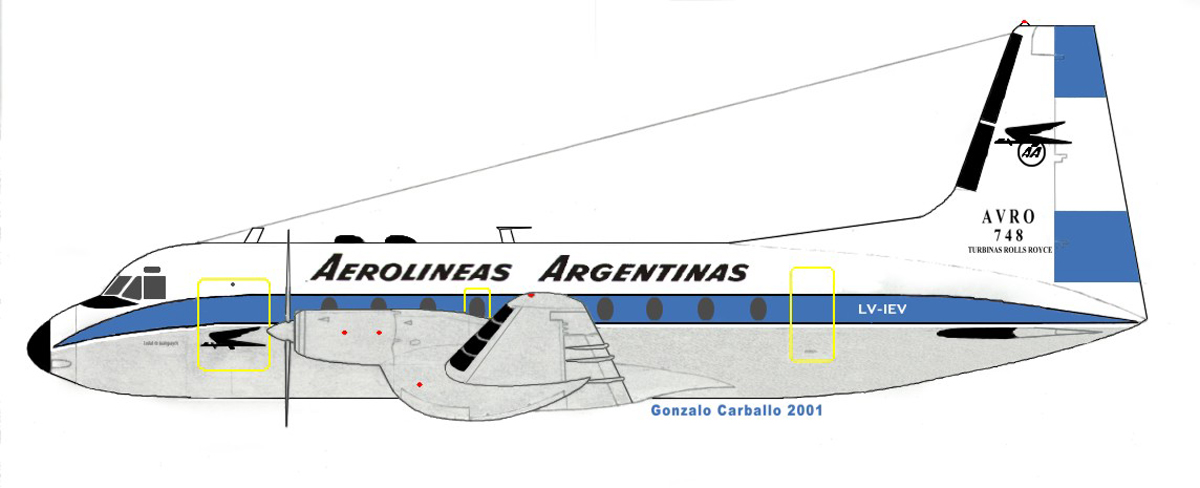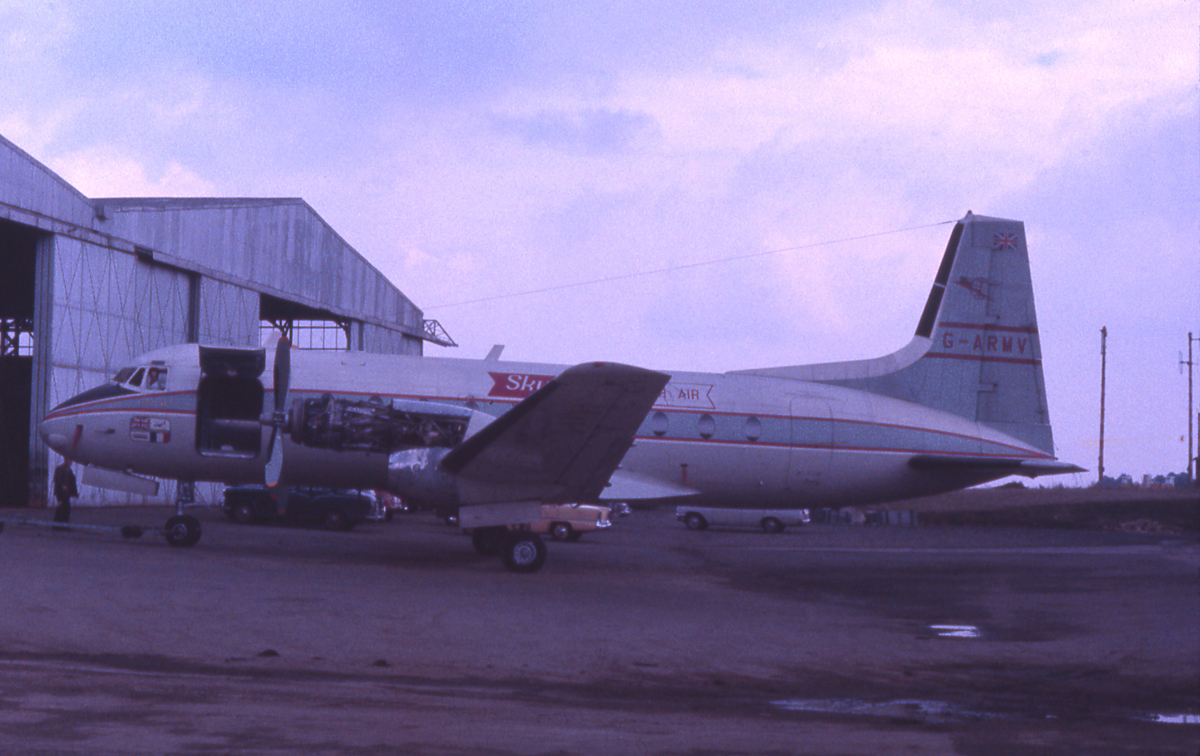Crash of an Avro 748-1-105 in Loma Alta: 37 killed
Date & Time:
Feb 4, 1970 at 2055 LT
Registration:
LV-HGW
Survivors:
No
Schedule:
Asunción – Formosa – Corrientes – Rosario – Buenos Aires
MSN:
1539
YOM:
1961
Flight number:
AR707
Crew on board:
4
Crew fatalities:
Pax on board:
33
Pax fatalities:
Other fatalities:
Total fatalities:
37
Aircraft flight hours:
19049
Aircraft flight cycles:
15739
Circumstances:
The departure from Corrientes was delayed due to poor weather conditions. Shortly after takeoff from Corrientes-Camba Punta in the evening, while climbing, the crew encountered very bad weather conditions with CB's and turbulences. The aircraft bank left to 90° then nosed down to 45° and plunged before crashing at a speed of 400 km/h into a palms area located near Loma Alta, some 35 km southwest of Corrientes. The wreckage was found the next morning. The aircraft disintegrated on impact and all 37 occupants have been killed.
Probable cause:
Loss of control of the airplane and collision with terrain when encountering a zone with adverse meteorological conditions and severe turbulence.
